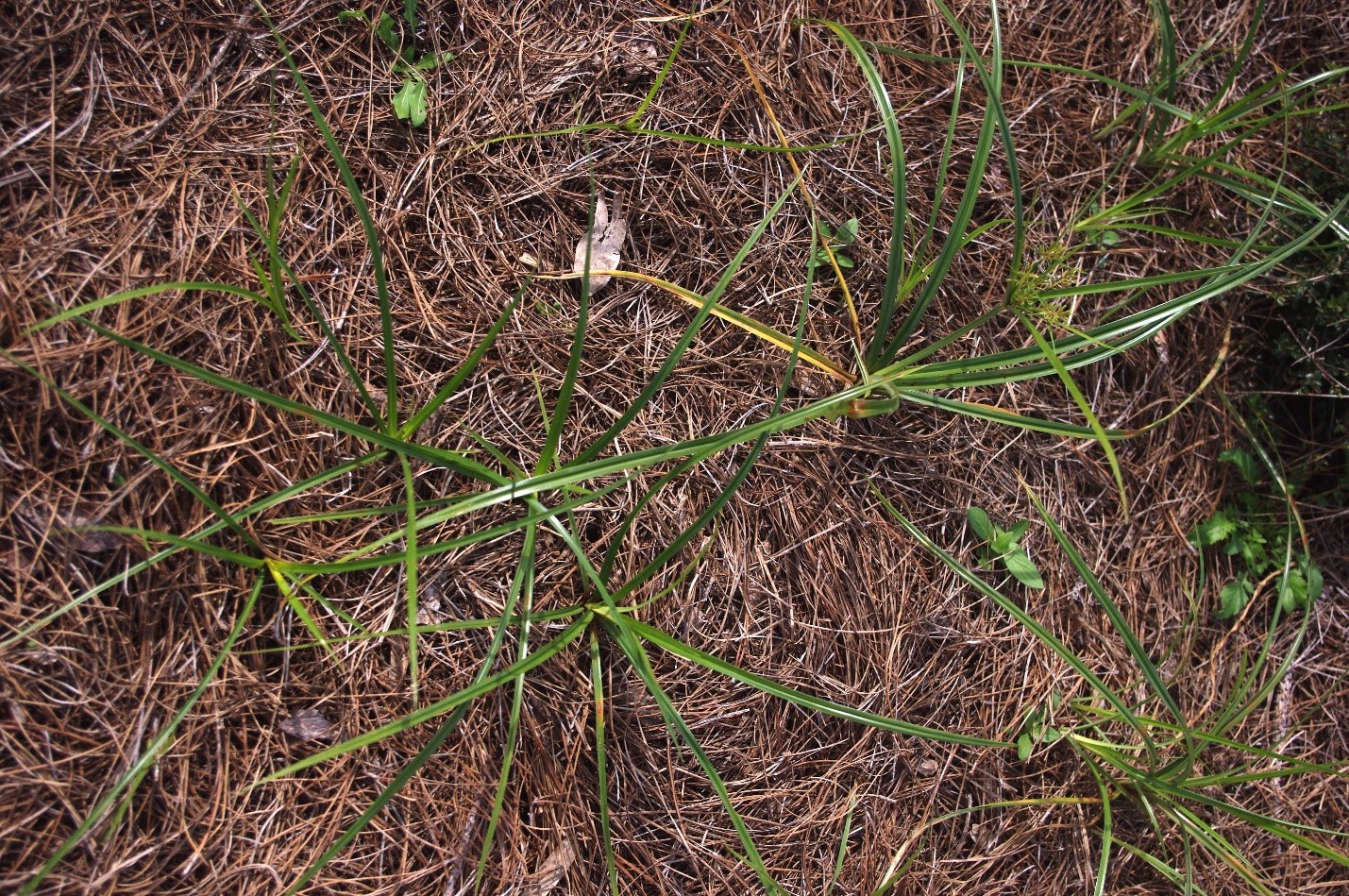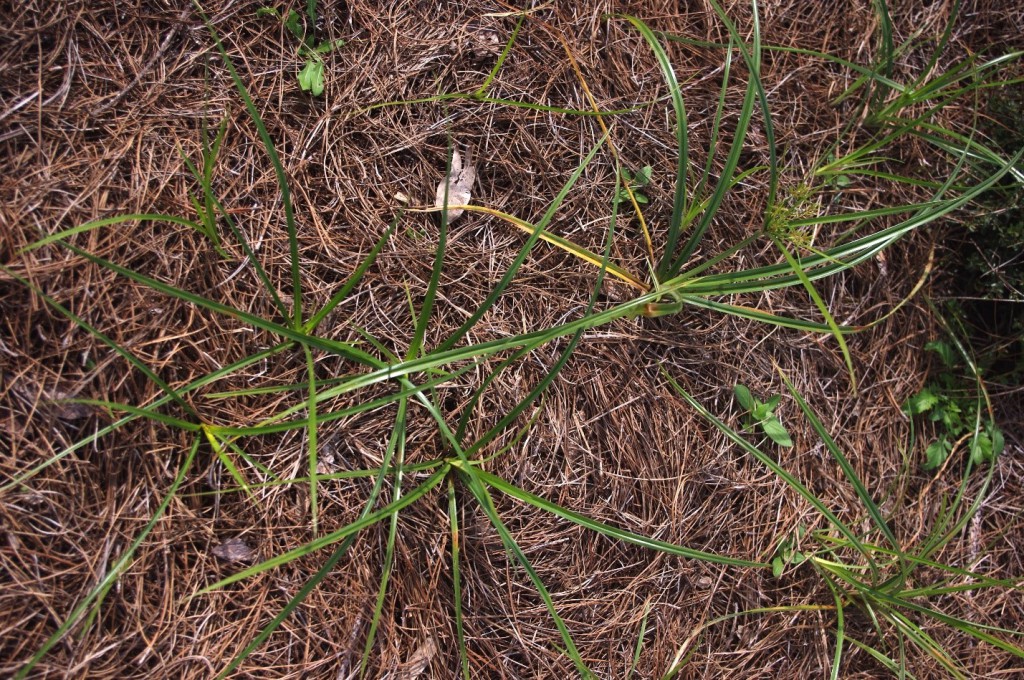
Controlling Weeds in Landscape Beds
Author: Dr. Chris Marble, UF/IFAS MREC
While the bulk of most residential weed control programs focus on controlling weeds in turf, weeds can also be very problematic in landscape planting beds. Controlling weeds in landscape beds can be very difficult because unlike turf, planting beds typically contain several different ornamental species that can range from trees to shrubs to herbaceous annuals and perennials.
One of the most common ways to control weeds in landscape planting beds is to make “spot treatments” of glyphosate to control escaped weeds. While this method is effective, it is important to remember that glyphosate is a systemic herbicide, meaning that it can move through plant tissues. Ensure that none of the spray contacts any leaf or stem tissues of desirable plants either through direct contact or through inadvertent drift. If contact is made, the plant tissues that were sprayed will need to be washed or pruned off as soon as possible to avoid further damage. Be especially mindful when applying near species that are known to sucker near the ground such as crape myrtles. Glyphosate can also cause damage when applied to young tree bark or to some trees with very thin bark. Herbicides that have only contact action can also cause damage to ornamentals but these herbicides will not move throughout the plant and the injury will remain localized. Contact herbicides are not as effective on perennial weeds such as Florida betony (Stachys floridana) or nutsedge species (Cyperus spp.).

Nutsedge can be very difficult to control. Photo Credit: Chris Marble, UF/IFAS